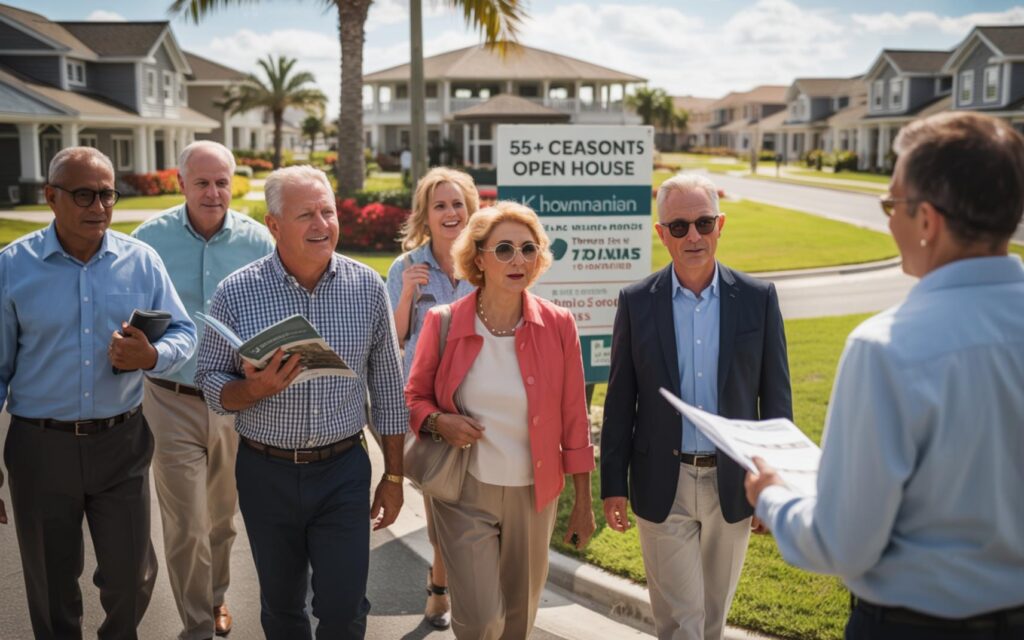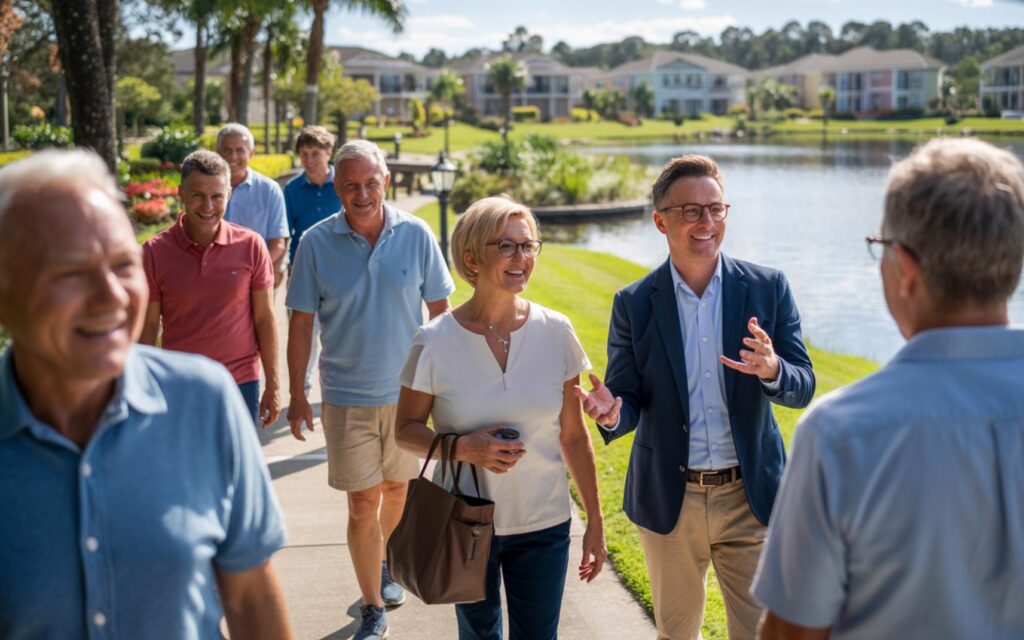Recent legislative changes in Florida are significantly impacting homebuyers aged 55 and older, reshaping the real estate landscape for seniors seeking retirement communities. Understanding these new regulations affecting senior homebuyers is crucial for prospective buyers aiming to invest in age-restricted housing.
1. Tax Exemption Adjustments
The Florida legislature has revised property tax exemptions, specifically benefiting homeowners aged 55 and above. The updated rules provide increased exemptions for qualifying seniors, potentially reducing their annual property tax burden significantly. This change aims to enhance affordability and encourage homeownership among retirees.
2. Enhanced Disclosure Requirements
New legislation mandates enhanced disclosure requirements for developers and sellers of 55+ communities. Sellers must now provide detailed information regarding community amenities, homeowner association fees, and specific age restrictions clearly and transparently. This ensures buyers have comprehensive knowledge before making purchasing decisions. Prospective buyers can gain clarity by understanding the age restrictions in Florida’s 55+ communities.
3. Accessibility and Safety Standards
Florida’s updated building codes now include stricter accessibility and safety standards for homes in senior communities. These regulations mandate features such as wider doorways, step-free entries, and improved emergency systems. The goal is to create safer, more accessible living environments tailored to the needs of older adults.
Experts recommend potential buyers consult with real estate professionals familiar with these legislative updates to navigate the purchasing process effectively. Staying informed about these changes can help seniors make strategic decisions when selecting their ideal retirement home. Additionally, understanding the Florida 55+ community laws and senior housing regulations is essential for informed decision-making.
For further details on senior housing regulations, visit the official U.S. Department of Housing and Urban Development website.
Answers to Common Questions About Florida’s 55+ Housing Laws
What age qualifies for senior housing in Florida?
In Florida, senior housing typically requires at least one occupant to be 55 years or older. Communities enforce this rule to maintain age-restricted status.
Are property tax exemptions automatic for seniors?
No, seniors must apply for property tax exemptions through their local county property appraiser’s office. Eligibility criteria and application processes vary by county.
Do all 55+ communities have the same amenities?
No, amenities vary widely among communities. Buyers should carefully review disclosure documents provided by developers to understand available facilities and services.
Port St Lucie 55+ Communities






